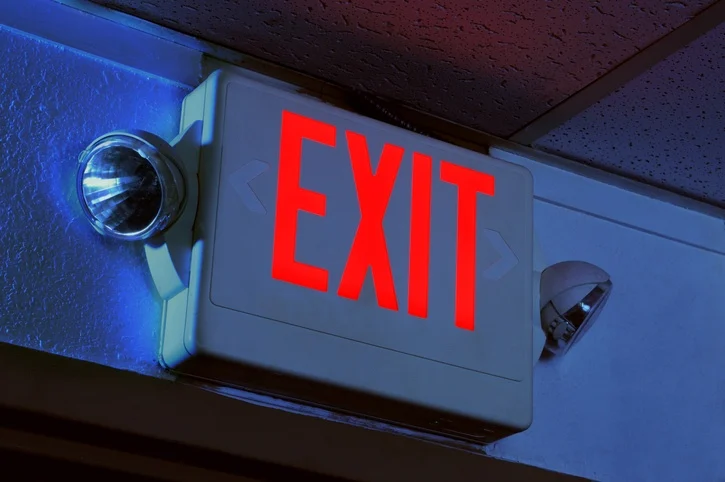New traders are always interested in how to enter trades, but they’d be much better off spending more time focusing on how to exit their trades.
Successful traders spend far more time examining their exits because they know that’s where the money is. Small changes in how your strategy exits trades can make an enormous difference in your strategy’s profitability.
Of all the 15+ strategies I trade, here’s a list of the exit types I use for each of them in order of importance with advice for each of them to apply to your strategy. Your backtesting process should allow you to test all these exit types.
Time Stop – Used in 100% of My Strategies
If no other exit orders execute, when do you call it quits because too much time has elapsed? I include this exit in all my strategies.
Tips for time stops:
- Use the Good After Time order property in IB if you can.
- Understand the move your strategy is trying to capture and give it the required time to play out.
- Find a way to automate this so you can enter it right after you enter your trade – or better yet AS you enter your trade.
- Don’t be tempted to adjust the exit time during a trade. Instead, make a note and backtest a different time stop outside of market hours.
Stop Loss – Used in Almost All of My Strategies
A stop loss is a stop order that is set at a certain distance below your entry price for longs and above your entry price for shorts. This is a fundamental exit that prevents catastrophic losses and you should use it in your strategies unless you have a really compelling reason not to. If you’re reading this, you should be using a stop loss in your strategies.
Tips for stop losses:
- It’s tempting to make them tight – too tight. This can cause serious slippage.
- You should size your position based on the stop-loss distance.
- Your stop should be based on some measure of volatility rather than price or percentage.
- Do I move my stop to breakeven? Never.
Target Order – Used in Just Under Half of My Strategies
A target order is a limit order that’s placed above your entry price for longs and below your entry price for shorts.
Tips for target orders:
- Similar to a stop, a target should be based on volatility, not price or percentage.
- Consider using multiples of your stop distance for your target. For example, if the distance to your stop is X, try a target distance of 3X or 4X.
- For your strategies without a target order by default, consider placing one very far from your entry. It won’t get hit a lot but every once in a while it will!
- Review your most profitable trades – would using a target somewhere have made you even more money on them? It’s quite possible.
- I don’t scale out of trades (except for certain circumstances) since you end up paying for the privilege with trading profit.
Trailing Stop Order – Used in Zero of My Strategies
A trailing stop is easily the most overrated of all the exit types. The trailing stop gives you the worst of both worlds – a premature exit of a profitable trade on a pullback – a great way to minimize your profits! It seems like a clever idea but I’ve done enough backtesting to realize it never works, at least for me.
It’s so reliably bad that I’m highly skeptical of any short-term trader that says they use them. Swing trading or longer-term investing is a different story. The longer your strategy hold time the more a trailing stop might make sense.
But this is where your backtesting becomes your superpower – test it for yourself and if it works for you, use it!

5 comments
Time Stops – Interesting. That is not something that I have looked at before vis-a-vis systematic edge. Thanks for that. Will add that to the list!
@DMactrades – thanks for the comment. I love time stops – let me know how they work for you!
Why do you never move your SL to breakeven Dave?
I used to but there were so many times that it would get barely hit only to continue without me. After I backtested it thoroughly I concluded that it didn’t make sense to use one at all.
As always very clear! Thanks
Dave
Comments are closed.